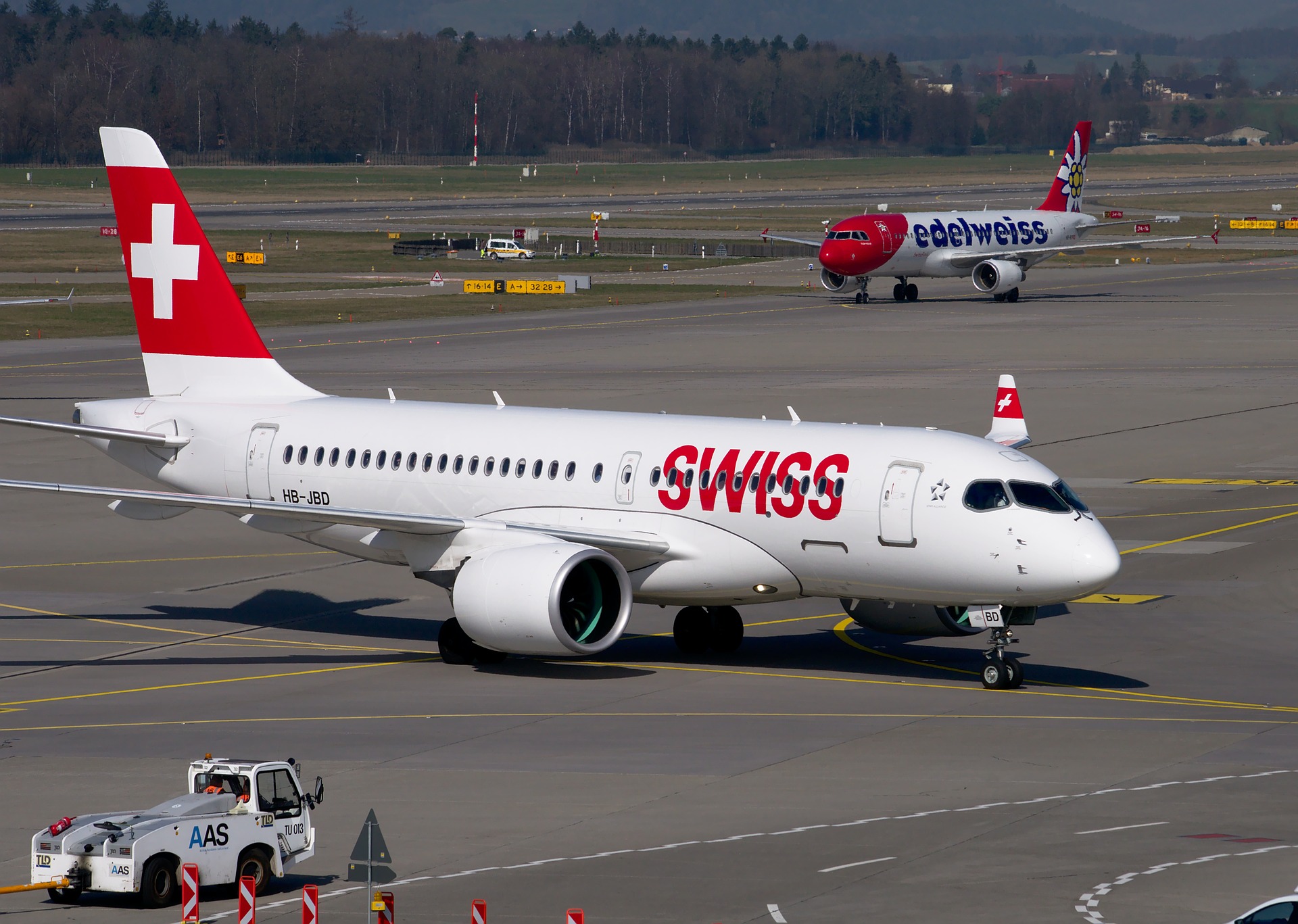A review of the development of Bombardier CS-100 Airliner
Overview
On July 15, 2016, Swiss Global Air Lines flew the first commercial flight of the Bombardier CS100. The program had many issues with schedule delays and financing issues. In this report, we’ll study the project that was undertaken to build the Bombardier CS100.
In this sheet, we review the key points related to this challenging and significant project, especially in the context of Canadian manufacturing.
Industry Context
There were a few key factors effecting the airline industry in the 2000’s:
Increasing competition at same performance/efficiency levels: Embraer, Boeing and Airbus are all offering similar types of aircrafts with similar efficiencies and performances.
Increasing fuel-prices: Through the 2000’s fuel prices continue to rise.
Business Case
There were multiple points:
Product differentiation: A 110 to 140 passenger aircraft with better fuel efficiency would provide:
More profits for the Airlines.
Longer range.
Company strategy: Through 1980’s and 1990’s Bombardier Inc. had got into the Aerospace industry through acquisitions. Due to success with the CRJ series of aircrafts and the Q Series (Dash 8), move into the business of building a bigger aircraft was a natural progression.
Scope
Key Requirements:
Strategic Requirement: Exploit a gap in the market - For years, manufacturers had sensed a gap in the market for a 100- to 150-seat transcontinental jet that could be used on secondary routes (think: Portland, Ore., to Charlotte, N.C.). Airlines were stuck relying on old, out-of-production McDonnell Douglas DC-9s and MD-90s, or downsized versions of the too-large Boeing 737 and Airbus A320.
Performance Requirement: Aircraft should be 15% more efficient to operate than any existing competition.
Scope Breakdown:
Product: Aircraft
Dependencies:
Manufacturing Plant
Road Infrastructure
Budget
Baseline: US$2.1 billion
Variance: US$3.3 billion (or more)
Schedule
Baseline: 72 months
Variance: 36 months (approx.)
Resources
Initially resource commitments were on and off. After 2007, the program became a top priority. However, the company was working in parallel on three different aircraft development projects. That was a huge strain on resources and finances.
People
Andreas Thurnheer (Head of Swiss Global Air Lines Ltd.) – Key Client/User
Pierre Beaudoin (CEO, Bombardier) – Sponsor
Guy Hachey (President & CEO, Bombardier Aerospace) – Sponsor
Gary Scott (President, Commercial Aircraft, Bombardier, 2004 - 2011) – Program Manager
Fred Cromer (President, Commercial Aircraft, Bombardier, 2011 – Till date) – Program Manager
Risks
As Bombardier embarked on building the CS-100, there must have been many risks which were clearly visible:
David vs. Two Goliaths: This must have been the elephant in the room... let me rephrase - the "whale" in the room, or whatever that is super gigantic and big and obvious. Boeing and Airbus had literally divided up the Airliner manufacturing business amongst themselves. They were running a duo-poly in the mid to large scale aircraft segment. Who goes to take a bite when two T-Rexes are fighting for their share of the meat?
Quality
The aircraft needed to pass several standard tests:
High-speed taxi testing
Bad weather test
Emergency stop on runway test – wheels on fire
Dive down test
Tail-scraping test
Evacuation test (within 90 seconds)
Flight testing
Steep Approach Landing Testing
Issues
Below are the key issues encountered:
Engine Issues
Pratt & Whitney PW1000G supply and start issues
Suppliers
Pratt & Whitney – Engine
Ghafari Associates – Manufacturing site
Rockwell Collins Pro Line Fusion – Avionics
Alenia Aeronautica - Composite horizontal and vertical stabilizers
Fokker Elmo - Wiring and interconnection systems
Goodrich Corporation Actuation Systems - Flap and slat actuation systems.
Shenyang Aircraft Corporation - Centre fuselage
Zodiac Aerospace - Interiors
Parker Hannifin - Flight control, fuel and hydraulics systems
Liebherr Aerospace - Air management system
United Technologies Corporation - Air data system, flap and slat actuation systems, and engine nacelles
Panasonic Avionics Corporation - Cabin Management System
Timeline
2004 (8 March) – Feasibility study started
TEAM: Started with hiring Gary Scott from Boeing – 1 member team
2005 (May) – Development evaluated at US$2.1 billion
TEAM: Team size grew to 600
2006 (31 January) – EVENT: Project put on hold due to Market Conditions
TEAM: Team reduced to 50. Resources redirected to other projects.
2007 (31 January) – EVENT: Project restarted (REVIEW – here or 2008 July)
Launch date set for 2013
2008 (13 July) – Lufthansa order – 60 units for $46.7 million/unit
Vendor assignments
2009
(March) – Vendor assignments
(November) – Program estimated at $3.5 billion
SCHEDULE – First flight scheduled for May, 2010
Ghafari Associates was retained to develop Montreal manufacturing site
2012
(February) – SCHEDULE: Delivery scheduled for 2013
(November) – SCHEDULE: Delay of 6 months declared
2013
(7th March) – First Press Display
(16th September) – First flight
2014 (29 May) – Uncontained engine failure during testing
2016 (15 July) – First commercial flight (Zurich and Paris)
